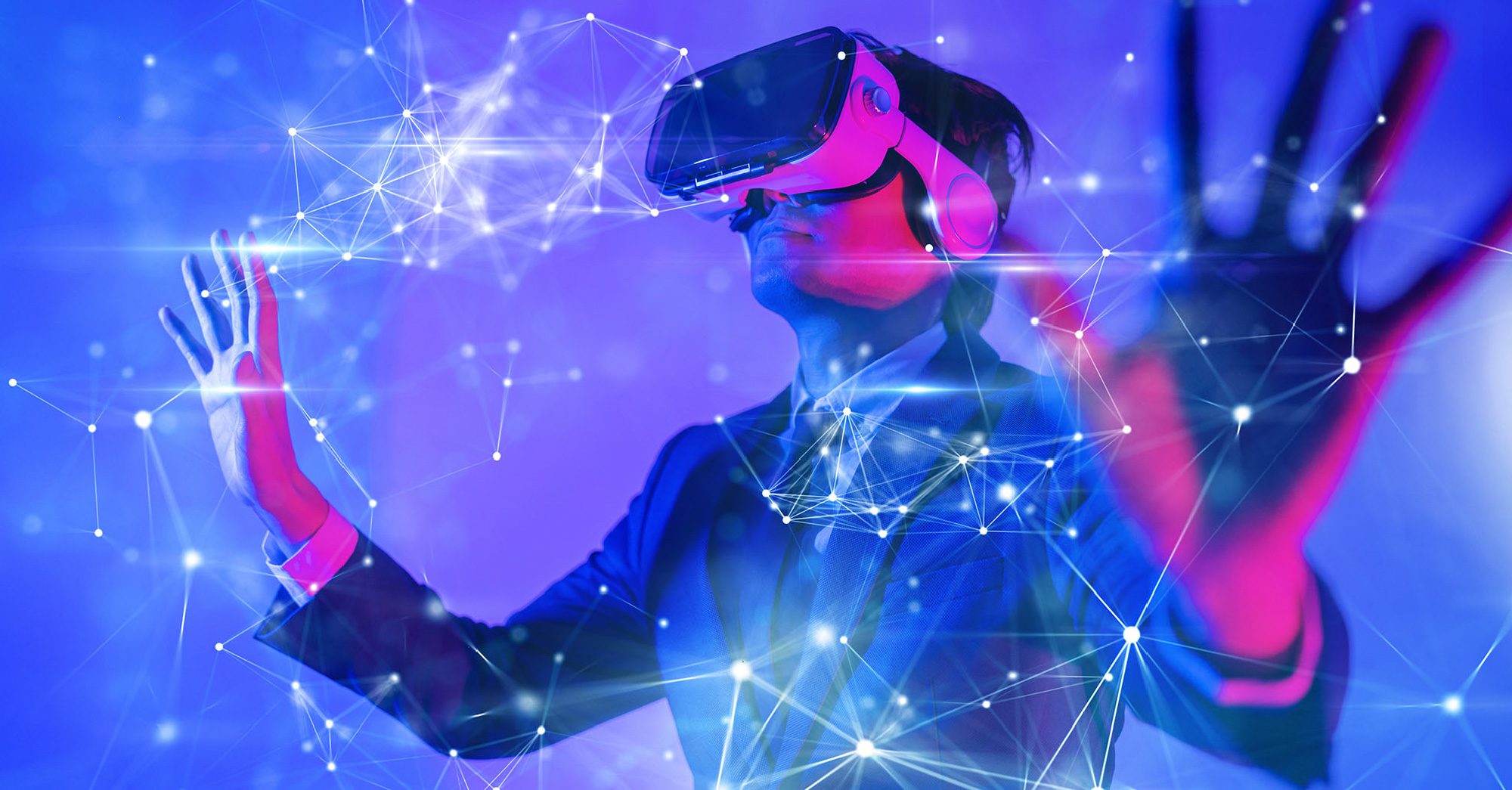
In the ever-evolving landscape of technology, there exists a realm where creativity and innovation converge to create immersive experiences beyond imagination. This realm is known as Extended Reality (XR), a spectrum that encompasses VR training solutions development Virtual Reality (VR), Augmented Reality (AR), and Mixed Reality (MR). XR development represents the synthesis of cutting-edge technology and boundless creativity, offering limitless possibilities for storytelling, education, entertainment, and beyond. In this comprehensive article, we’ll explore the intersection of creativity and technology in XR development, shedding light on its significance, challenges, and transformative potential.
Understanding Extended Reality (XR)
Extended Reality, or XR, refers to the spectrum of immersive technologies that blend the digital and physical worlds to create interactive experiences. At one end of the spectrum lies Virtual Reality (VR), which transports users to entirely digital environments using headsets or immersive displays. Augmented Reality (AR), on the other hand, overlays digital content onto the real world, enhancing our perception of reality through smartphones, tablets, or wearable devices. Mixed Reality (MR) represents the convergence of VR and AR, enabling users to interact with virtual objects in their physical environment, creating a seamless blend of the real and virtual worlds.
The Creative Potential of XR Development
At its core, XR development is about pushing the boundaries of creativity and storytelling in the digital realm. Whether it’s crafting immersive VR experiences, designing interactive AR applications, or exploring the possibilities of Mixed Reality, XR developers have the opportunity to unleash their creativity in unprecedented ways.
One of the most compelling aspects of XR development is its ability to transport users to new worlds and experiences, allowing them to explore, interact, and engage in ways that were previously unimaginable. From immersive gaming experiences and virtual tours to educational simulations and interactive art installations, XR offers a canvas for creators to bring their ideas to life in ways that captivate and inspire audiences.
The Role of Technology in XR Development
While creativity drives the vision behind XR experiences, technology serves as the enabler, providing the tools and frameworks to bring those visions to fruition. Game engines such as Unity and Unreal Engine play a central role in XR development, offering powerful tools for creating immersive environments, realistic simulations, and interactive experiences.
In addition to game engines, a wide range of hardware devices and sensors contribute to the immersive nature of XR experiences. From high-resolution displays and motion tracking systems to spatial mapping cameras and haptic feedback devices, these technologies enhance the sense of presence and immersion, allowing users to feel truly immersed in virtual worlds.
Challenges and Considerations in XR Development
Despite its vast potential, XR development comes with its share of challenges and considerations. Technical hurdles such as performance optimization, device compatibility, and user interface design must be addressed to ensure a seamless and immersive user experience. Moreover, ethical considerations surrounding data privacy, content moderation, and digital ethics require careful attention as XR technology becomes more pervasive in society.
Another challenge in XR development is the need for interdisciplinary collaboration between technologists, artists, designers, and storytellers. Bridging the gap between technical expertise and creative vision is essential for creating compelling XR experiences that resonate with audiences on an emotional level.
The future of XR Development
As XR technology continues to evolve, its impact on society and culture will only grow stronger. From revolutionizing industries such as gaming, entertainment, and healthcare to transforming how we learn, work, and communicate, XR has the potential to reshape the way we interact with the world around us.
Looking ahead, the future of XR development holds promise for even more immersive experiences, enhanced by advancements in hardware, software, and user experience design. From lightweight and comfortable VR headsets to AR glasses that seamlessly integrate with our daily lives, the next generation of XR devices will blur the line between the physical and digital worlds like never before.
In conclusion, XR development represents the convergence of creativity and technology in the pursuit of immersive experiences that captivate, inspire, and transform. By harnessing the power of VR, AR, and MR, developers have the opportunity to push the boundaries of storytelling, entertainment, and human-computer interaction in ways that were once unimaginable. As we continue to explore the intersection of creativity and technology in XR development, we embark on a journey into the unknown, driven by curiosity, innovation, and a shared vision of a more immersive and connected future.
